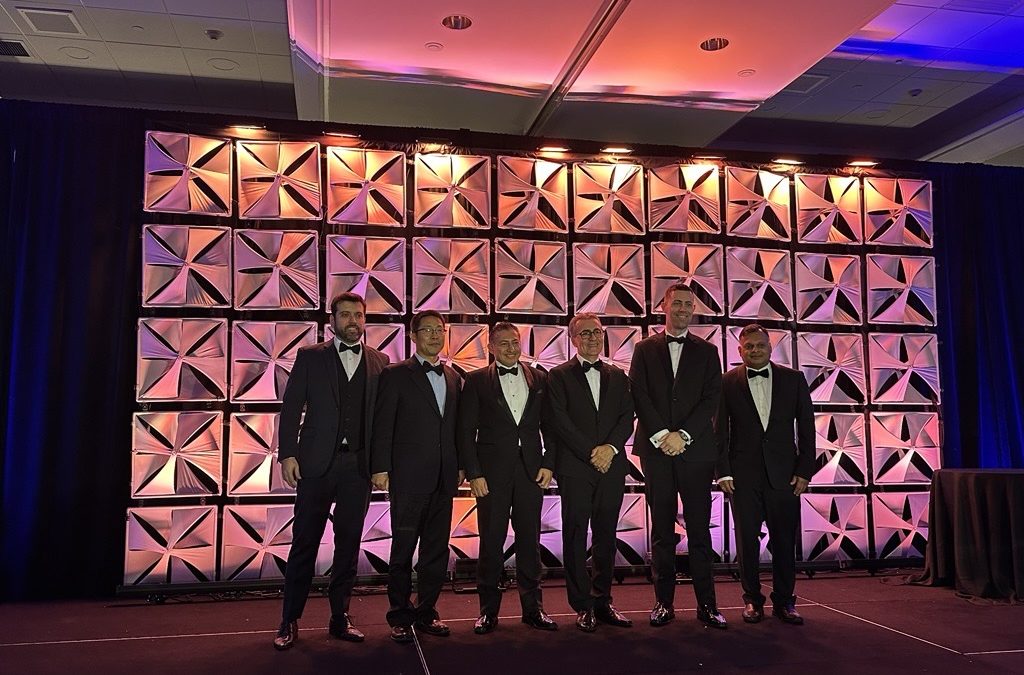Piracy is a looming threat causing loss of revenue to the media industry world over. It has evolved beyond content theft to provide formidable competition to operators, broadcasters, and content owners. Pirates are banking on the speed, convenience, accessibility and most importantly, anonymity of Internet to commit a range of crimes, including abusing the brands of content rights holders. The Pay TV services market in MENA is still under penetrated at 11% and 6 to 7 million households across the region. Rising piracy directly restrains the growth of the Pay TV market while eating into the advertising revenue of small as well as large broadcasters. According to OSN, a leading Pay TV provider for the region, piracy costs the MENA TV industry about $500 million (Dh1.8 billion) each year.
Frost & Sullivan visited CABSAT 2017 and in its conversations with the industry found out that this issue is becoming increasingly difficult to solve as pirates are continually upgrading their techniques to provide illegal content to consumers. Operators must look at implementing innovative technologies such as Internet monitoring and content watermarking, as well as leveraging different expertise and networks, to track down and stop piracy.
Causes of Piracy
1. Dearth of regional content for the expat community is a major reason for them reaching out to illegal forms of consumption. With a large Asian population settled there, there is a massive lack of supply of channels/content catering to them for example, Tagalog, Malayalam, Tamil, Telugu, and so on.
2. Movies and live sports are the most pirated content. New releases from Hollywood as well as popular regional cinema are always in high demand, and this is followed by live sports such as football. According to Irdeto, 65% of the audience watching pirated content are typically millennials (18 to 24 year olds).
3. A large percentage of viewers in the region find Pay TV expensive. Even for sports, many sport fanatics watch sports channels only during specific leagues across seasons, and they find it expensive to subscribe only for unique games as they are not interested in the other channels bundled with the packages.
4. While many countries in the region have over 900 Free to air (FTA) channels, piracy prevails. Despite having so many channels, the quality of interface and program guide is not friendly enough for viewers to search and view content of their choice. In fact, illegal service providers bundle FTA content as well with their offerings.
Anti-Piracy Initiatives
The Anti-Piracy Coalition was convened to develop strategies to reduce the number of infringements and pirate channel perpetrators to prevent rogue pirate channel operators. Content owners, distributors, satellite owners, and service providers joined hands to raise awareness about the implications of piracy in the region and formed this initiative. Noorsat, Gulfsat,Viewsat, STN, JMC, Etisalat, Du, Nilesat, Arabsat, Eutelsat, Rotana, Art, OSN, MediaGates, Motion Picture Association, and MBC are some of the members of this coalition. Over the past six months a total of almost 200 Western content infringements and over 4,000 Arabic content infringements have been detected by the coalition.
The Arabian Anti-Piracy Alliance was established almost 20 years ago to combat piracy in GCC, not only to identify outlaws but also to investigate the modus operandi and develop preventive measures for protecting rights of their clients. They protect the interests of copyright and trademark owners, manage infringement cases, campaign for effective enforcements, conduct training seminars, and crackdown counterfeit content in the broadcast industry.
Leading broadcaster OSN has been campaigning against piracy by its ‘Do the Right Thing’ campaign to protect the IP rights and has also started to implement procedures to monitor and remove all forms of piracy. OSN has joined hands with authorities in all GCC countries including the UAE, Saudi Arabia, Bahrain, Kuwait, Qatar, and Oman, as well as in Egypt and Jordan to conduct the anti-piracy raids. This resulted in a significant reduction in the illegal distribution of pirated TV services. The network plans to battle TV-piracy by shutting down illegal Dish TV services as well as the unauthorized distribution of Internet Protocol Television (IPTV) services. It also spearheads the Anti-Piracy Coalition with other leading satellite service providers.
Effects of Piracy
When operators face loss of revenue due to low subscriptions, they are under pressure to keep afloat and recover funds to gain rights to premium content. As a result, companies face tremendous cash crunch leading to retrenchment of jobs and further business losses. The trickle-down effect negatively penetrated throughout the entire industry, harming not only state-owned operators but also private broadcasters in the past three years.
Forms of Piracy
Frost & Sullivan estimates about 5% of Pay TV services being used in the region, especially GCC to illegal satellite connections from India targeting Asian audiences. For about Dh200 per year, some of these boxes can also use an Internet connection to gain access to thousands of channels. There are satellite engineers who install these devices illegally in the region.
While regional Pay TV operators complain that this robs them of an opportunity of additional revenue from this demographic, Frost & Sullivan finds that there is a substantial gap in content for an international audience. For example, the maximum number of channels with Indian content on a MENA Pay TV platform is 80 and does not cater to all the popular choices of the fragmented diaspora.
Apart from these, other expats from Europe and Asia source their content illegally through paid online services that gives access to thousands of streaming live television channels around the world. Most of these services are available at a fraction of the price of a Pay TV service. However, the reason for viewers subscribing to this content is non-availability of their choice of content on Pay TV platforms. The broadcasting as well as the Pay TV community find it hard to crack down on these providers, as many of them are based in other countries such as Russia or China, and in some cases, the location of these providers are unknown.
Moreover, a significant source of piracy is through local providers who provide access to pirated signals over a small IPTV system for a few households. This number is still not quantifiable without a mandate from the Government.
Content Protection Technologies
Frost & Sullivan finds that broadcasters and Pay TV providers have started to invest extensively in various technologies to restrain piracy of content. Technologies are still evolving to suit multimedia distribution and this is a core area for investment for media companies.
The current methods for content protection are:
CSA3 – Common Scrambling Algorithm (CSA) is an encryption for DVB compression standards to encrypt digital content up to 4K or UHD resolution. This will become the need of the hour as 4K content production and consumption are on the rise. Operators cannot afford to lose revenue on such content which requires heavy investment. Companies such as Irdeto and Harmonic offer integrated solutions for protecting premium content, as the earlier CSA1 and CSA2 versions are insufficient and not future-proof for protecting newer video formats.
Watermarking solutions – It is the process of embedding a digital watermark in audio or video content at the time of production or broadcast so that it can be monitored and identified when an illegal distribution occurs. These watermarks evaluate the true reach of media assets, verify contractual compliance, and identify misappropriation of assets. Upon detection of a watermark, the authenticity is checked and any infringement is reported to the content owner for further actions. Forensic watermarking is deployed in set top boxes, and integrates with various content delivery networks such as satellite, cable, IPTV, and OTT. A few companies such as NexGuard provide automated online detection services for both live streaming and on demand content on the cloud.
Conclusion
The war between pirates and the media industry continues, as the former find new ways to download and capture content illegally and distribute it to a wider mass for a price. In order to combat this threat, the media industry needs a multi-pronged strategy to protect themselves from irreparable damage to their investments in content rights acquisition, production, and distribution.
This includes assessment of suitable technologies that can try and restrict piracy to an extent. Frost & Sullivan’s work with a few of its customers shows that media companies need to review their regional distribution pricing strategies closely based on the popularity of content and propensity to pay. The complaint that piracy deters consumers from paying is unacceptable, as many consumers who view pirated content would not have purchased the content or viewed the content from the providers in the first place, either because of challenges in affordability or user interface.





